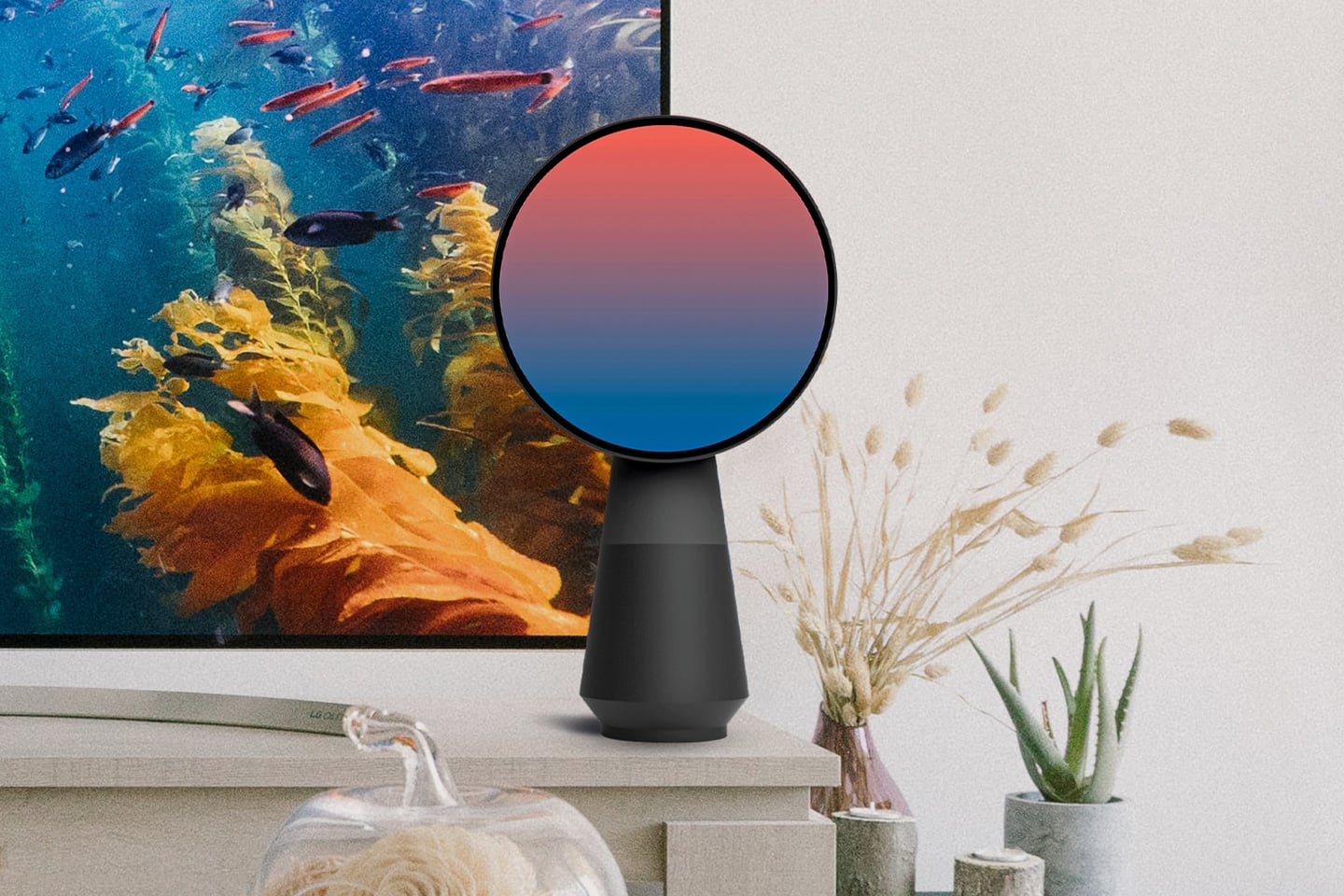
Here’s a question nobody probably ever thought of… how do deaf and mute people communicate with voice assistants? Or specifically, with smart speakers? It’s a question that Jinni, a sign-language-based smart assistant, hopes to answer.
While the most obvious use for a smart speaker is to listen to music and podcasts, the ubiquitous little gadget has much more far-reaching features, allowing users to ask questions, get alerts and weather updates, and most importantly, control aspects of one’s smart home, like the lights, thermostat, security cameras, etc… so when the smart speaker almost solely works on voice commands, its interface practically alienates an entire group of people with special needs who don’t rely on voice commands.
Designed to include a camera that can read sign language inputs, and a large screen that can communicate with its user, Jinni brings the power of virtual assistants to a subset of people that are often sidelined when designing mainstream tech. Relying on visual cues instead of audio ones, the Jinni can easily interface with people fluent in sign language, offering a more natural input technique for them. Responses are provided through Jinni’s large circular screen, taking audio entirely out of the equation. Just as the smart speaker is a ubiquitous little gadget in homes, Jinni hopes to do the same for the deaf and mute communities, giving them the same access to life-changing tech. The speaker concept runs on a battery (so it can be carried to different rooms) and even comes with a charging dock/mat to juice it up after a day’s use.
The Jinni is a winner of the Red Dot Design Concept Award for the year 2021.
Designer: Zhong Zuozheng
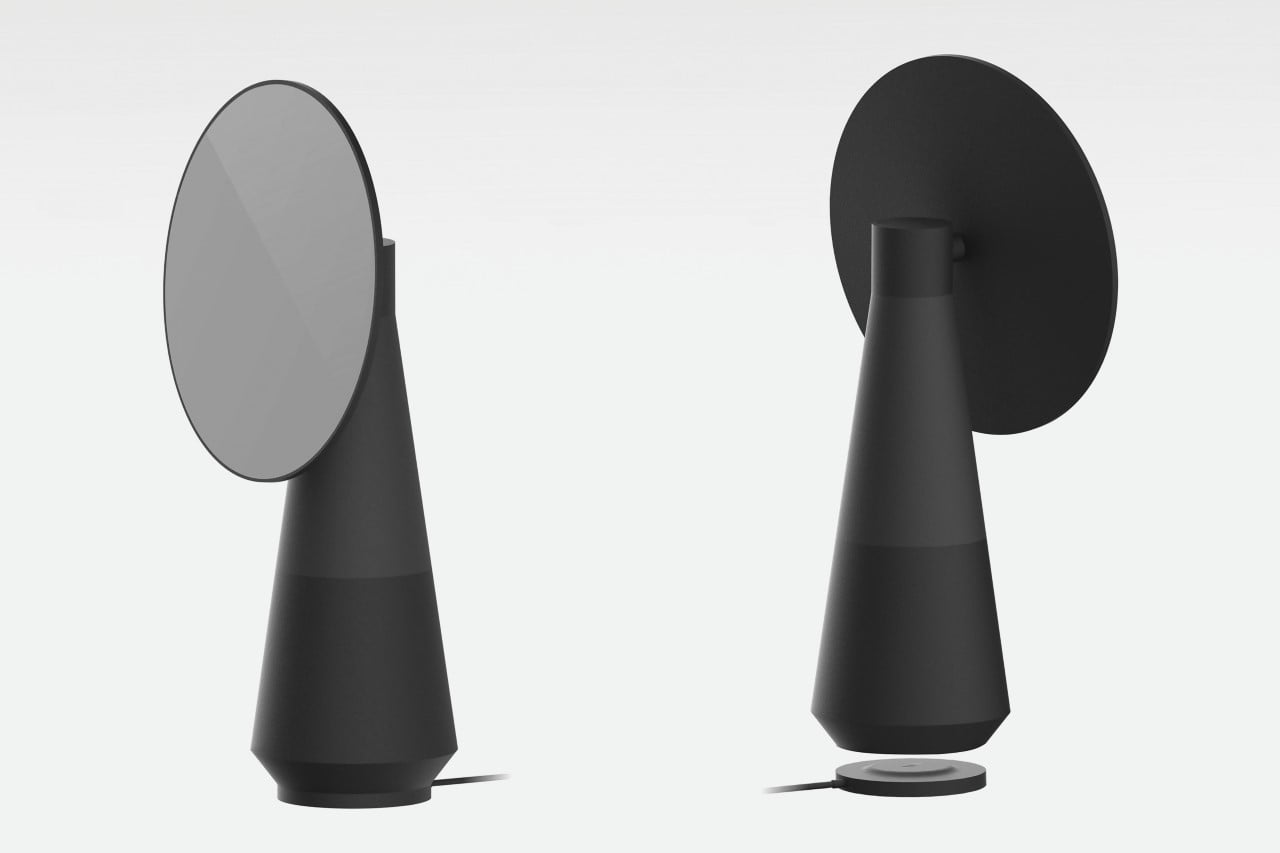
The post How does a deaf or mute person use a smart speaker’s voice assistant? This concept tries to build a more inclusive smart speaker first appeared on Yanko Design.
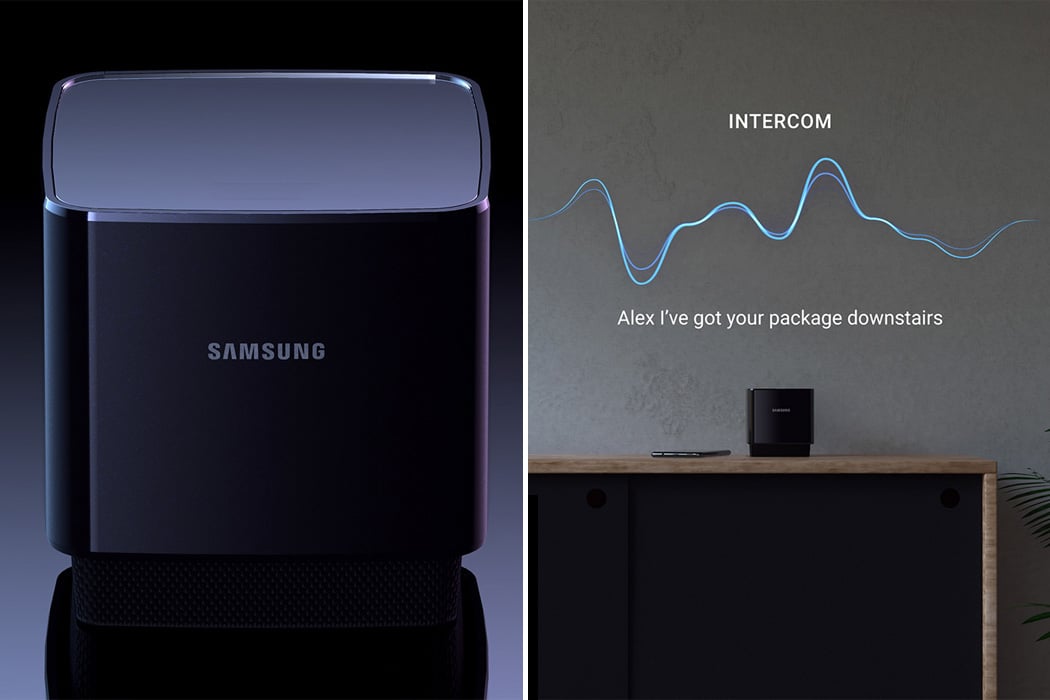
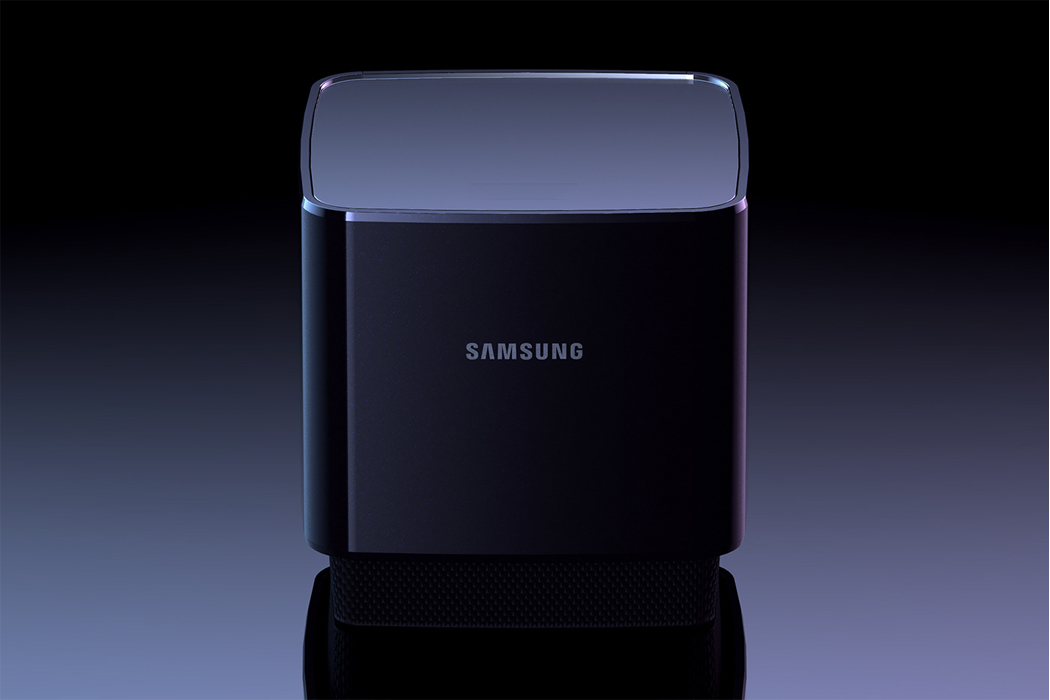
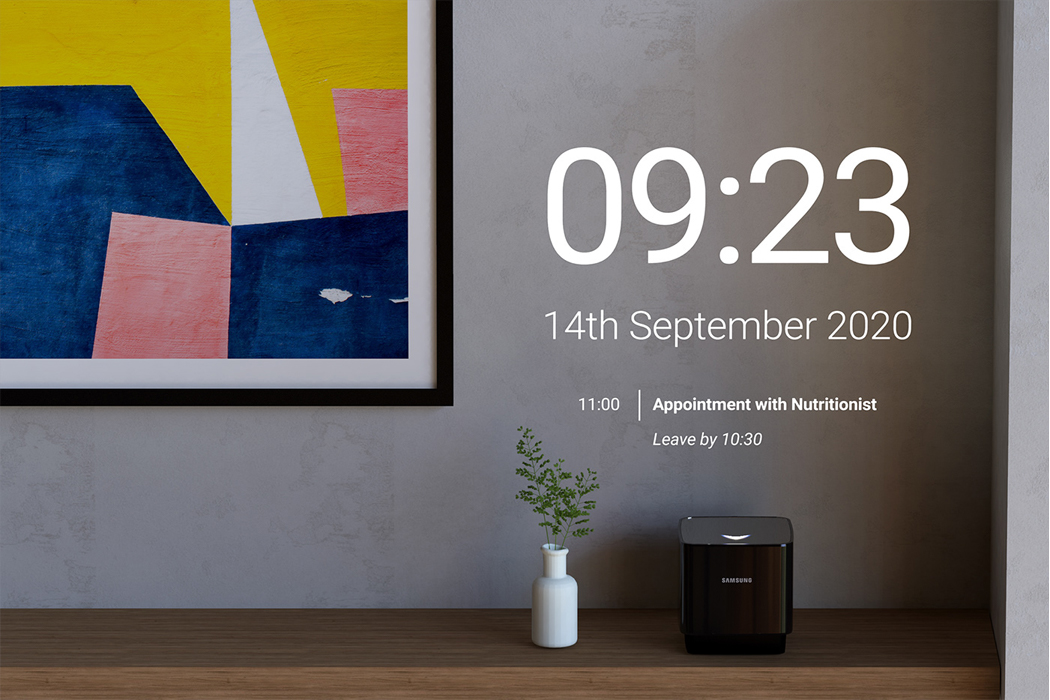
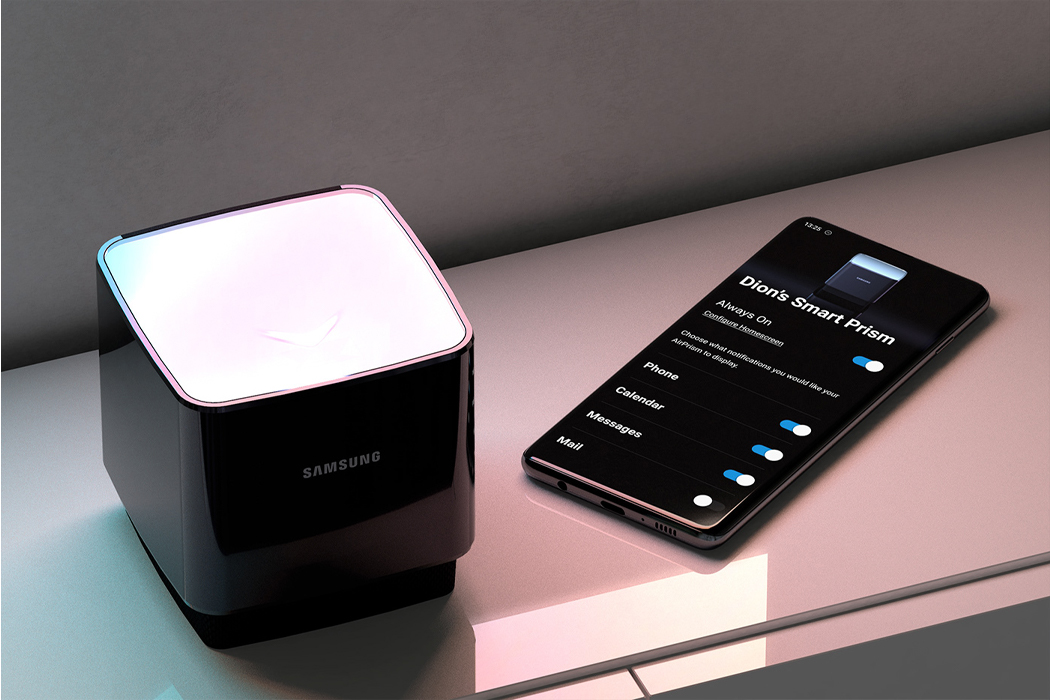
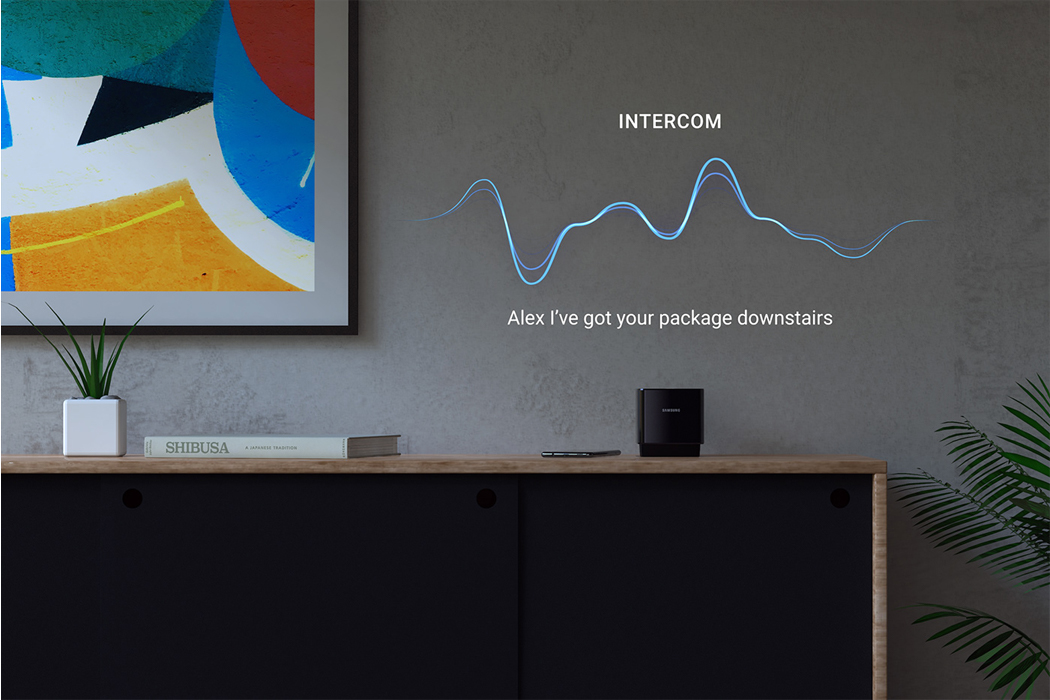
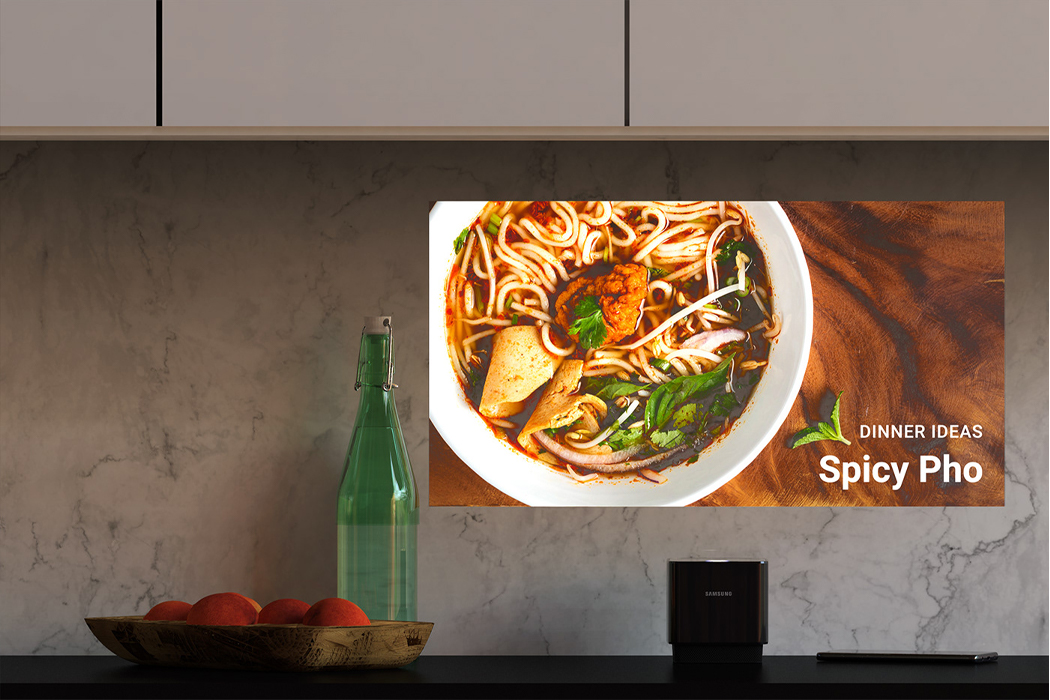
 When Gatebox revealed its... shall we say, culturally specific AI assistant a few years back, it drew its fair share of attention. How could it not? It looked for all the world like a blue-haired anime girl living in a glass tube, and it could be...
When Gatebox revealed its... shall we say, culturally specific AI assistant a few years back, it drew its fair share of attention. How could it not? It looked for all the world like a blue-haired anime girl living in a glass tube, and it could be...
 Samsung says it will release its first Bixby-powered smartspeaker sometime later this year. Hyunsuk Kim, CEO of the company's consumer electronics division, told Bloomberg the Galaxy Home Mini will be available to buy in "early 2020."
Samsung says it will release its first Bixby-powered smartspeaker sometime later this year. Hyunsuk Kim, CEO of the company's consumer electronics division, told Bloomberg the Galaxy Home Mini will be available to buy in "early 2020."
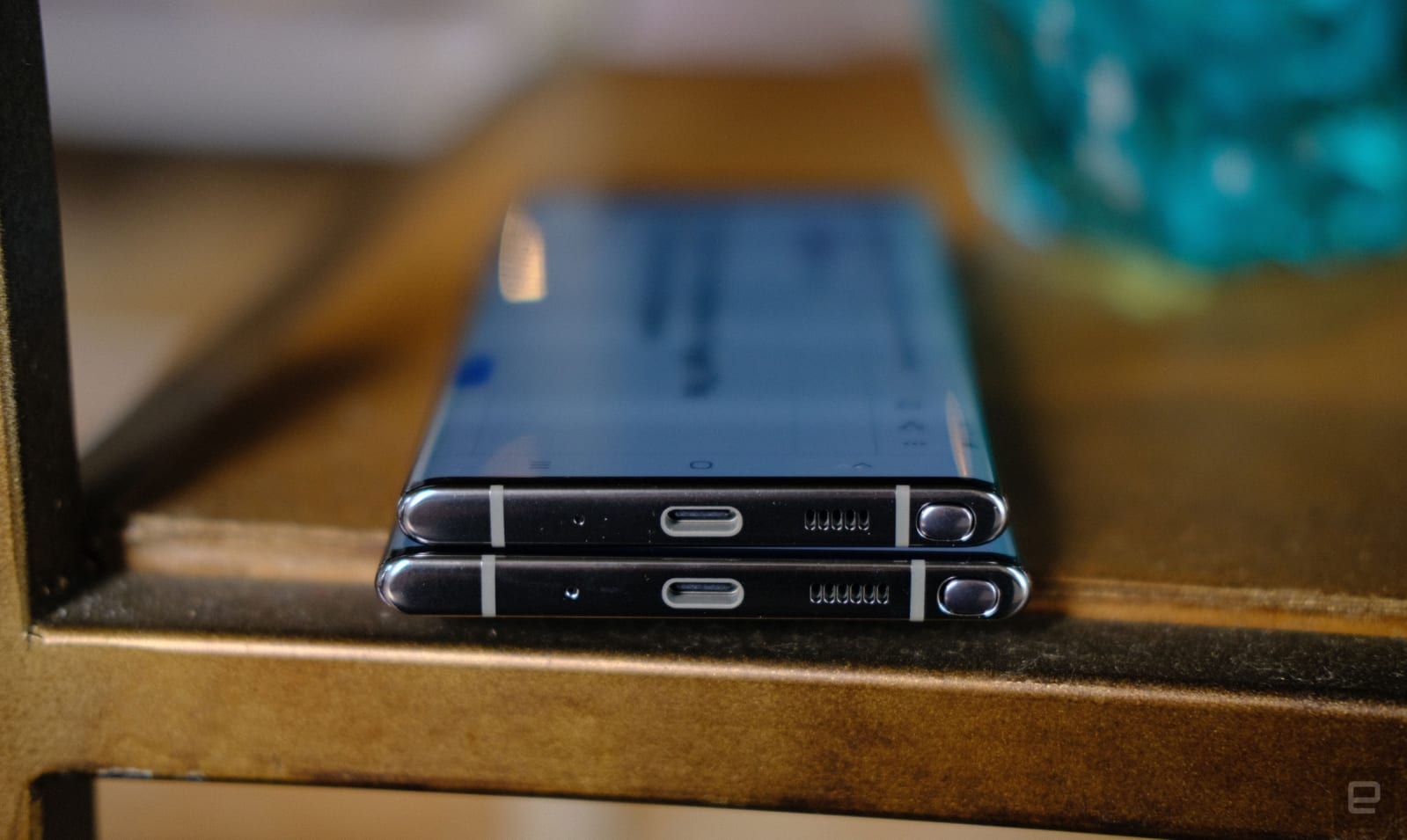 Remember those Samsung ads mocking Apple's latest iPhones for not having a headphone jack? Well, it looks like the company is going to have to make some similar ones for itself. That's because, as leaks suggested, Samsung's new Galaxy Note 10 won't f...
Remember those Samsung ads mocking Apple's latest iPhones for not having a headphone jack? Well, it looks like the company is going to have to make some similar ones for itself. That's because, as leaks suggested, Samsung's new Galaxy Note 10 won't f...
 Microsoft has been distancing Cortana from Windows for months. First, it split the virtual assistant from search in Windows 10. Then, a beta version of a standalone Cortana app appeared on the Windows Store. And starting today, Windows 10 Insiders ar...
Microsoft has been distancing Cortana from Windows for months. First, it split the virtual assistant from search in Windows 10. Then, a beta version of a standalone Cortana app appeared on the Windows Store. And starting today, Windows 10 Insiders ar...
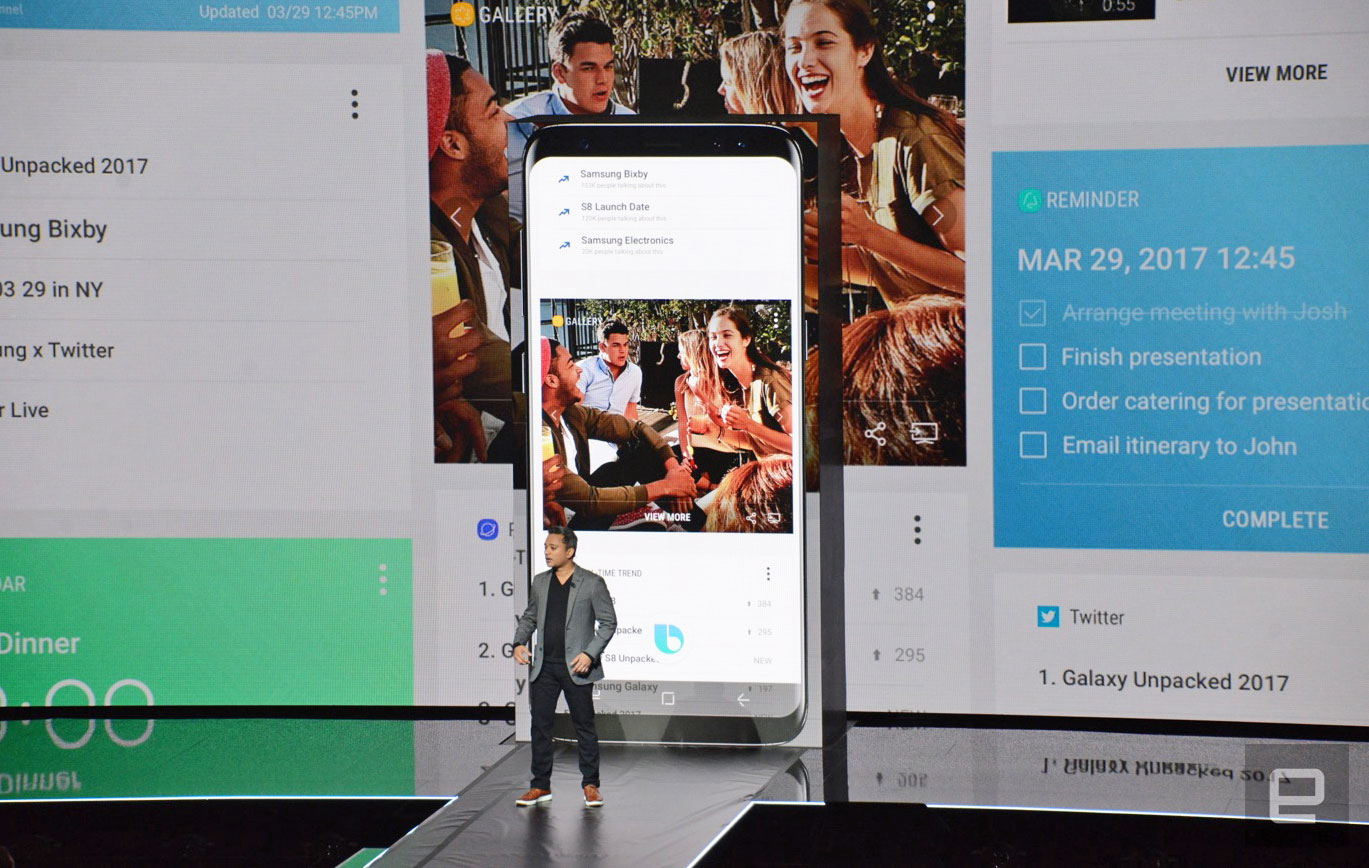 Samsung's virtual assistant Bixby generated untold levels of hype before the Galaxy S8 and S8 Plus launched, but the version we actually got to use still feels half-baked. While the company still hasn't locked down when Bixby's voice search and contr...
Samsung's virtual assistant Bixby generated untold levels of hype before the Galaxy S8 and S8 Plus launched, but the version we actually got to use still feels half-baked. While the company still hasn't locked down when Bixby's voice search and contr...



